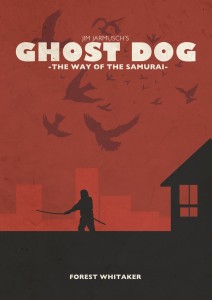During today’s Q&A hosted in the FAMS building, the director of Dear White People (2014, Justin Simen answered audience questions regarding his film and his process. He talked about a variety of things, one including about Auteurship. Simen argued that although it is a collaborative process it is important that you realize as a director that you might be able to fit in 70% of your whole work into the frame (maybe), but that it is okay because you should come to the set with a plan and be willing to allow it to change. As a director you will ask questions about details, changes, additions and alterations that may make your work better.
But he mentioned that he is a true believer of auteurism because it is something that he values in a filmmaker. It is the way a filmmaker displays his/her intentions and some of his favorite filmmakers are auteurs. A filmmaker should be able to claim that they are the authors of their own work because if not it takes away from the notion that it is in fact their vision, Simen said “It’s important to craft the vision of the artist as they see it because if not, then what makes them different from just a robot or a machine.” Embracing their vision is to embrace their craft as artists and authors of their creative work.
Another topic of his conversation was how he mentioned that he loves when a movie is a movie. By this he means he likes the precise cuts, framing, elements of a film that make it appear as a movie. He mentioned being a big fan of Stanley Kubrick, Woody Allen, Spike Lee, and Wes Anderson. His fantascism for these directors was very relevant to the production of his film.

